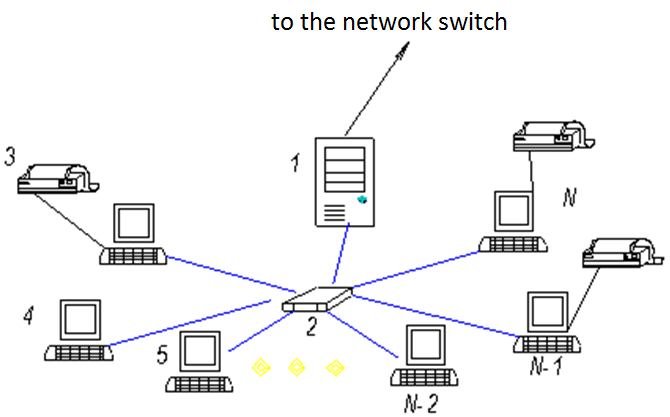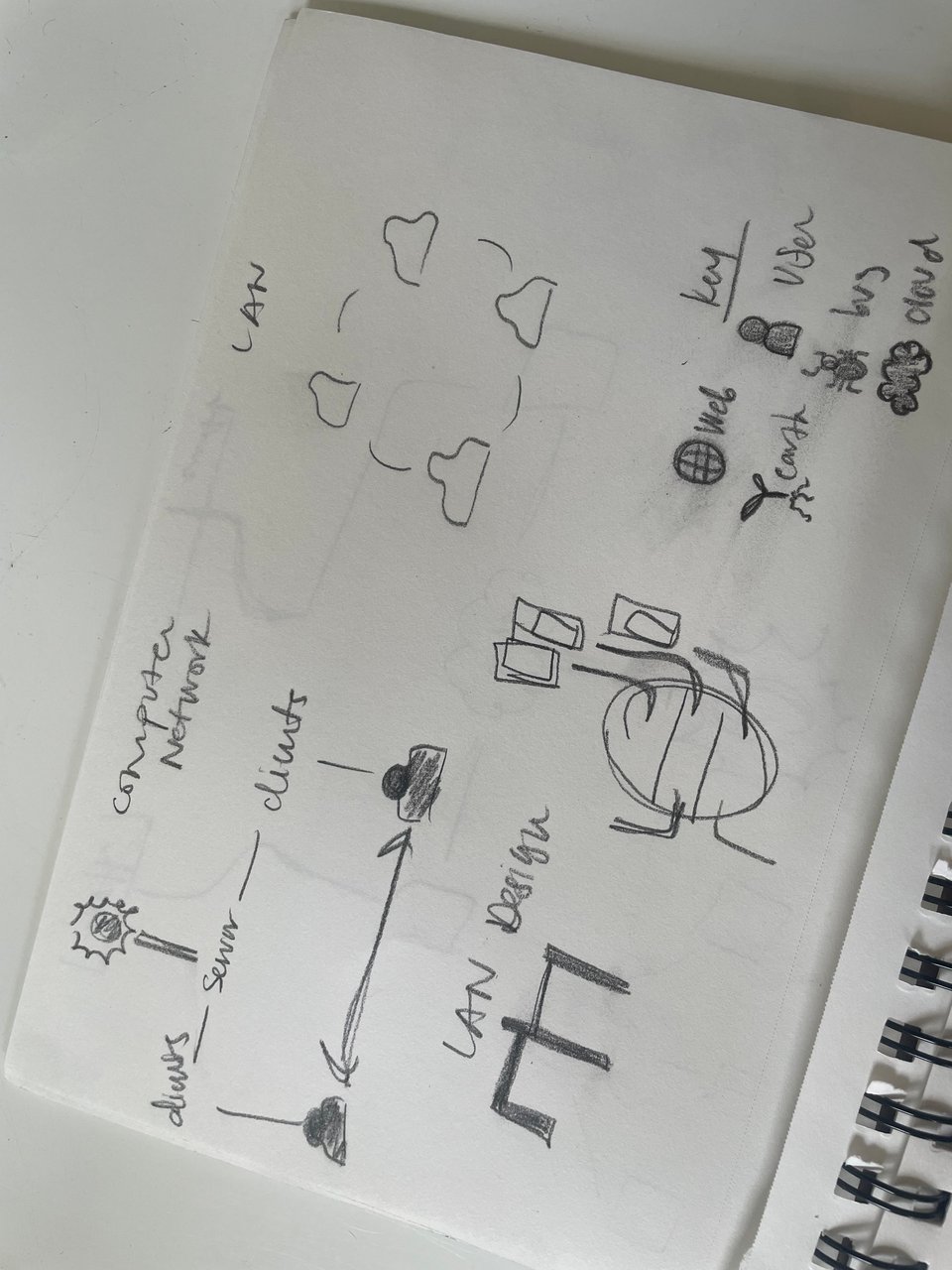s is for server
each issue of new terms & conditions is an entry toward building abc glossary — a glossary for an anti-colonial black feminist critical media ecology. contribute your own new term & condition at abcglossary.xyz to be part of this project.
i began to write this issue from central park, land of the Lenape, then and now, and the site of the forced removal of free Black landowners, in what was once called Seneca Village in the 1800s, by the city of New York. it’s also the start of pride month in the United States. the site of this history beneath me, that has been wiped away, and this cultural moment converge through the remembering of Mary Jones, a Black trans sex worker who lived in New York in the 1800s, and whose life was reimagined inside of Seneca Village in the short film Salacia by artist Tourmaline.
The questions still remain, what is a server? or maybe now the question is, who is a server? is the server how memories gets stored? who does the server serve? i am grateful to Tourmaline, for processing the memory of Mary Jones, one that i did not formally have a connection to, and now keep safely stored. a memory that i now draw upon as i consider the ways the land is server — connecting us to every life source, and the storytellers who keep our memories in circulation.
through circuitry cutting through cartography 1 a server processes our requests. however politely or impolitely we demand access and connection, the server promptly fulfills our requests — out of sight and out of mind. the server is the quiet interlocutor translating from where we are to where we want to be and to what we want to know. who does the server serve?

we are part of lineages that have kept hand-assembled albums filled with photos, celebrating every extraordinary and mundane occasion, drawers for our junk, and boxes to the brim with our stuff. we kept our servers close. now we’ve ceded that responsibility over to Amazon Web Services, Google, and the like — implicitly trusting them to be the trusted custodians of our archives.
alternatives to the client-server master-slave relationship of domination, is one that is situated, cared for, recognized as in relationship to, sometimes slow, and sometimes down completely. the feminist server manifesto 0.01 (2014) offers:
A feminist server… * Is a situated technology. She has a sense of context and considers herself to be part of an ecology of practices * Is run for and by a community that cares enough for her in order to make her exist * Builds on the materiality of software, hardware and the bodies gathered around it * Opens herself to expose processes, tools, sources, habits, patterns * Does not strive for seamlessness. Talk of transparency too often signals that something is being made invisible * Avoids efficiency, ease-of-use, scalability and immediacy because they can be traps * Knows that networking is actually an awkward, promiscuous and parasitic practice * Is autonomous in the sense that she decides for her own dependencies * Radically questions the conditions for serving and service; experiments with changing client-server relations where she can * Treats network technology as part of a social reality * Wants networks to be mutable and read-write accessible * Does not confuse safety with security * Takes the risk of exposing her insecurity * Tries hard not to apologize when she is sometimes not available
“tries hard not to apologize when she is sometimes not available.”
last year, i learned of solar protocol, a web platform hosted across a network of solar-powered servers set up in different locations around the world. it is one of my favorite examples of how our relationships to the internet can be returned to and/or become a place with attention to temporality and seasonality, instead of the corporate-driven resource exploitation to keep the internet available 24/7.
A solar-powered server is a computer that is powered by a solar panel and a small battery. Each server can only offer intermittent connectivity that is dependent on available sunshine, the length of day and local weather conditions.
When connected as a network, the servers coordinate to serve a website from whichever of them is enjoying the most sunshine at the time. With servers located in different time zones, seasons and weather systems, the network directs internet traffic to wherever the sun is shining. When your browser makes a request to see this website, it is sent to whichever server in the network is generating the most energy.

as i prepare to bring abc glossary to a (web)site near you — it is an aspiration of mine for the site to honor the times of day and seasons as an act of restoration and care for ourselves and our friend the server, and to undo the implication of a master in relationship to the server. i imagine abc glossary belonging to a network that is sometimes silent, only available offline, and cherishes slow connection.
“is run for and by a community that cares enough for her in order to make her exist.”
our friend the server discreetly reminds us that technology is happening on a day-to-day basis and holding community in often uncelebrated ways. it is through community that we situate the server and correct who and how it serves. I hope this issue of NTC coming out later in the day finds you away from screen, and finding connection through the sun, a shared meal, touch, or by some other request.
before i sign off, i want to thank kristoffer, creator of Naive Weekly, a newsletter in honor of “the quiet, odd and poetic web” that i enjoy every week. thank you for sharing new terms & conditions with your curious audience, some of which have found there way here. as i close this issue, i now celebrate having over 100 subscribers ヽ(o^▽^o)ノ. thank you all for joining me on this study.
also see cloud, farm (coming soon).
a phrase that deeply resonated with me from “[ the hurricanes in your mouth ]” by johann diedrick, abrons center, may 30–June 2, 2024 ↩
Add a comment: